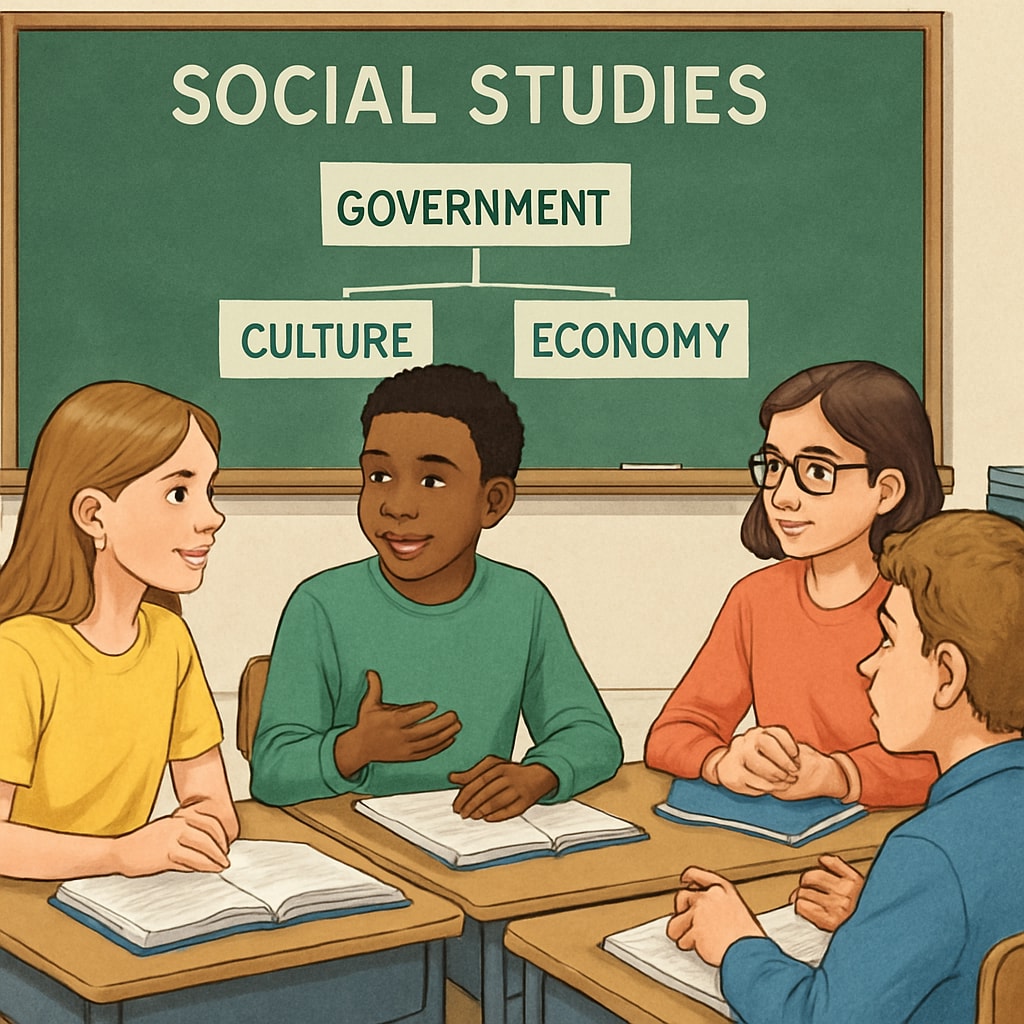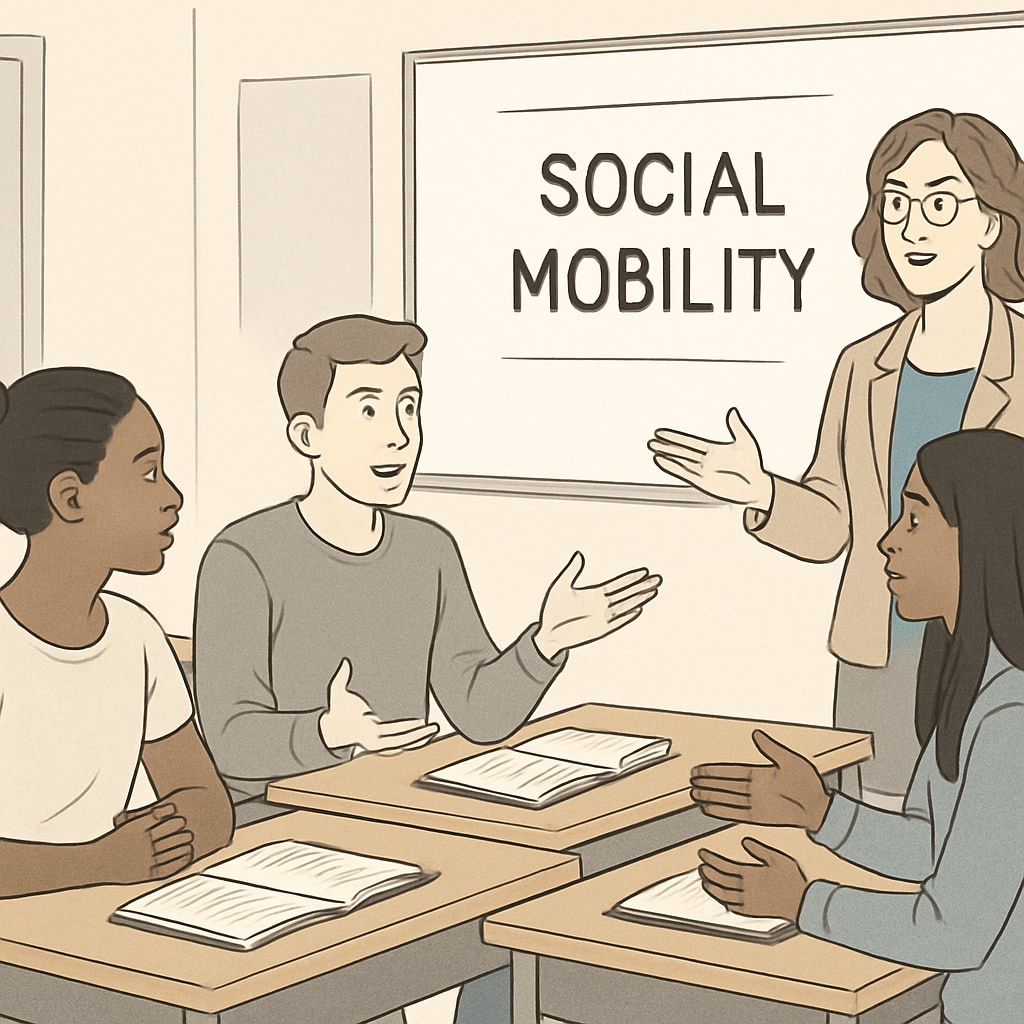Recently, a sixth-grade parent raised concerns about the depiction of class structures in their child’s social studies textbook, specifically highlighting the notion of “rigid class hierarchies” and its implications. The textbook allegedly suggests that an individual’s birth into a particular social class largely determines their life trajectory, raising questions about how educational materials should address sensitive societal realities. This debate touches on the intersection of education, values, and the role of schools in shaping students’ understanding of social mobility and fairness.
Concerns About Rigid Class Hierarchies in Education
Parents and educators alike often grapple with the challenge of presenting complex social concepts to students without fostering negative perceptions. The description of rigid class hierarchies, sometimes referred to as “class immobility,” can inadvertently convey a sense of inevitability about one’s socioeconomic status. Critics argue that such portrayals might undermine students’ belief in meritocracy or the idea that hard work and perseverance can lead to upward mobility.
For example, the notion of “class immobility” aligns with sociological theories on class reproduction, which suggest that systemic factors such as access to education, healthcare, and economic resources significantly influence an individual’s ability to transcend their inherited class. While these theories are backed by extensive research (Social mobility on Wikipedia), presenting them without context can lead to misinterpretations or discourage students from striving for success.

Balancing Objectivity and Positive Values
Educational materials must strike a delicate balance between presenting societal realities and instilling positive values. While it is essential to teach students about the challenges associated with social mobility, it is equally important to emphasize stories of perseverance and success that demonstrate the potential for change.
Curriculum developers can incorporate the following strategies to achieve this balance:
- Include diverse narratives: Textbooks should feature stories from individuals who overcame socioeconomic barriers to achieve success.
- Highlight systemic solutions: Discussing policies and initiatives that promote equality, such as scholarships or social welfare programs, can inspire hope and action.
- Encourage critical thinking: Teachers can facilitate discussions that challenge students to think about the causes and solutions to class immobility.
As a result, students can develop a nuanced understanding of societal structures while maintaining a sense of agency and optimism.

Collaborative Efforts Between Parents and Schools
Parents play a pivotal role in helping children process complex societal topics introduced in schools. By working together, parents and educators can ensure that students develop a balanced perspective on sensitive issues like class structures and social mobility.
Key actions for effective collaboration include:
- Open communication: Parents should voice concerns and seek clarification about curriculum content from teachers and administrators.
- Supplemental education: Parents can provide additional resources or examples that highlight diverse perspectives on social mobility.
- Engagement in school activities: Participating in classroom discussions or attending workshops on social studies can give parents insight into how topics are taught.
Such collaborative efforts not only address parental concerns but also enhance students’ learning experiences by integrating multiple viewpoints.
In conclusion, the controversy surrounding the depiction of class structures in K12 social studies textbooks underscores the importance of thoughtful curriculum design and active collaboration between parents and educators. By balancing objectivity with positive values, schools can foster critical thinking and encourage students to envision a more equitable society.


